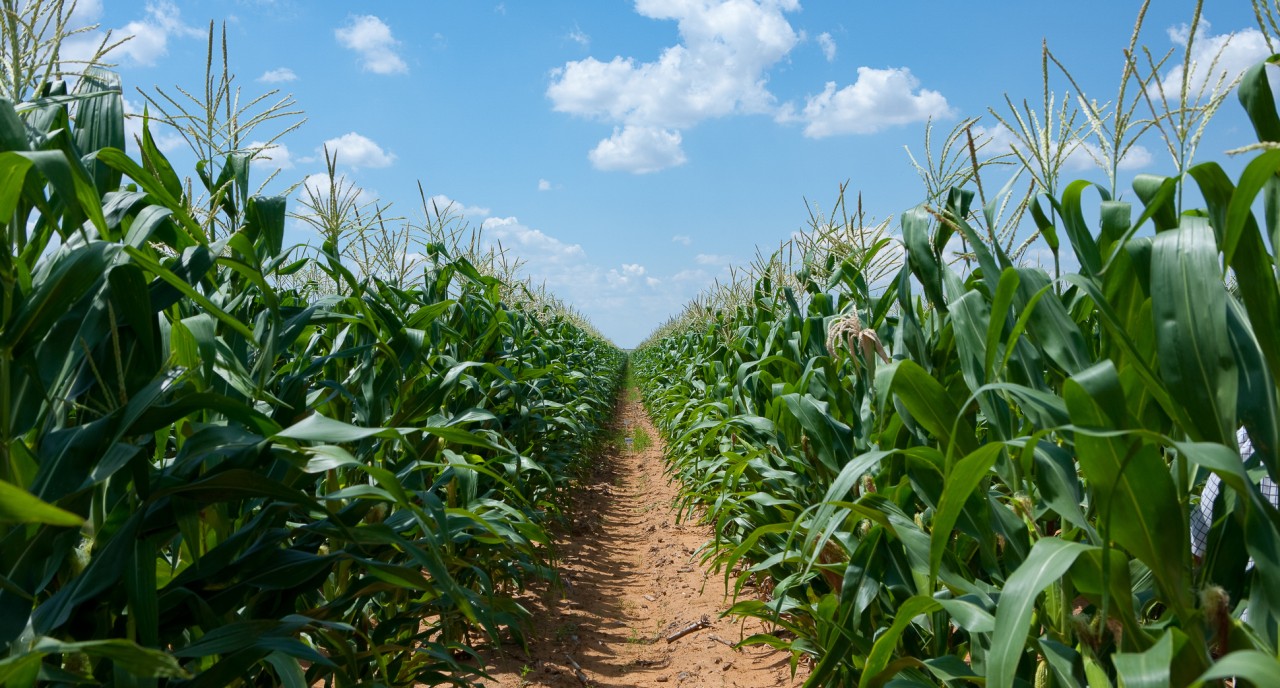Manipulating the Destiny of Wild Populations Using CRISPR
Raban R, Marshall JM, Hay BA, and Akbari OS.
(2023)
The advent of CRISPR-Cas9 technology has greatly increased the ease of genome editing. One potential application of this is the engineering of gene drive systems capable of spreading desirable genes into populations and/or suppressing populations. Initial applications of this technology have been discussed in the context of controlling mosquitoes and the diseases they transmit; however, the technology applies broadly to species with short generation times that reproduce sexually, including agricultural insect pests. Between 10–16% of potential global food production is lost to insect pests every year. Hence, agricultural applications of gene drive technology could provide significant societal benefits by enhancing food security and reducing reliance on environmentally destructive insecticides.
Our lab has substantial experience developing mathematical models of gene drive systems for the purpose of controlling mosquito populations and the diseases they transmit. The goal of this project is to leverage this expertise in order to apply it to pest species of agricultural significance. We have identified a variety of crop pests of interest to which this technology may apply: i) Drosophila suzukii, a worldwide pest that infests fruit during the ripening stage; ii) the medfly, a worldwide pest native to the Mediterranean that infests several species of fruits; iii) the pink bollworm, an invasive pest in most of the world’s cotton-growing regions; and iv) the Asian citrus psyllid, a vector of citrus huanglongbing virus present in Asia and the southern US. For each of these species, we will use mathematical models to determine optimal CRISPR-Cas9-based gene drive architectures that could be successful in controlling their agricultural impact while ensuring biosafety through the ability to remediate them from the environment in the event of negative consequences or a change in public opinion.

Raban R, Marshall JM, Hay BA, and Akbari OS.
(2023)Terradas G, Bennett J, Li Z, Marshall JM, and Bier E. Nature Communications
(2023)Taitingfong RI, Triplett C, Vásquez VN ... Marshall JM, Montague M, Morrison AC, Opesen CC, Phelan R, Piaggio A, Quemada H, Rudenko L, Sawadogo N, Smith R, Tuten H, Ullah A, Vorsino A, Windbichler N, Akbari OS, Long K, Lavery JV, Evans SW, Tountas K, Bloss CS. Nature Biotechnology
(2022)Kandul NP, Liu J, Buchman A, Shriner IC, Corder RM, Warsinger-Pepe N, Yang T, Yadav AK, Scott MJ, Marshall JM, and Akbari OS. GEN Biotechnology
(2022)Gamez S, Chaverra-Rodriguez D, Buchman A, Kandul NP, Mendez-Sanchez SC, Bennett JB, Sánchez C. HM, Yang T, Antoshechkin I, Duque JE, Papathanos PA, Marshall JM, and Akbari OS. Nature Communications
(2021)Marshall JM, Raban RR, Kandul NP, Edula JR, León TM, and Akbari OS. Frontiers in Genetics
(2019)Sánchez HM, Wu SL, Bennett JB, and Marshall JM. Methods in Ecology and Evolution
(2019)Buchman A, Marshall JM, Ostrovski D, Yang T, and Akbari OS. PNAS. Preprint (free to read).
(2018)